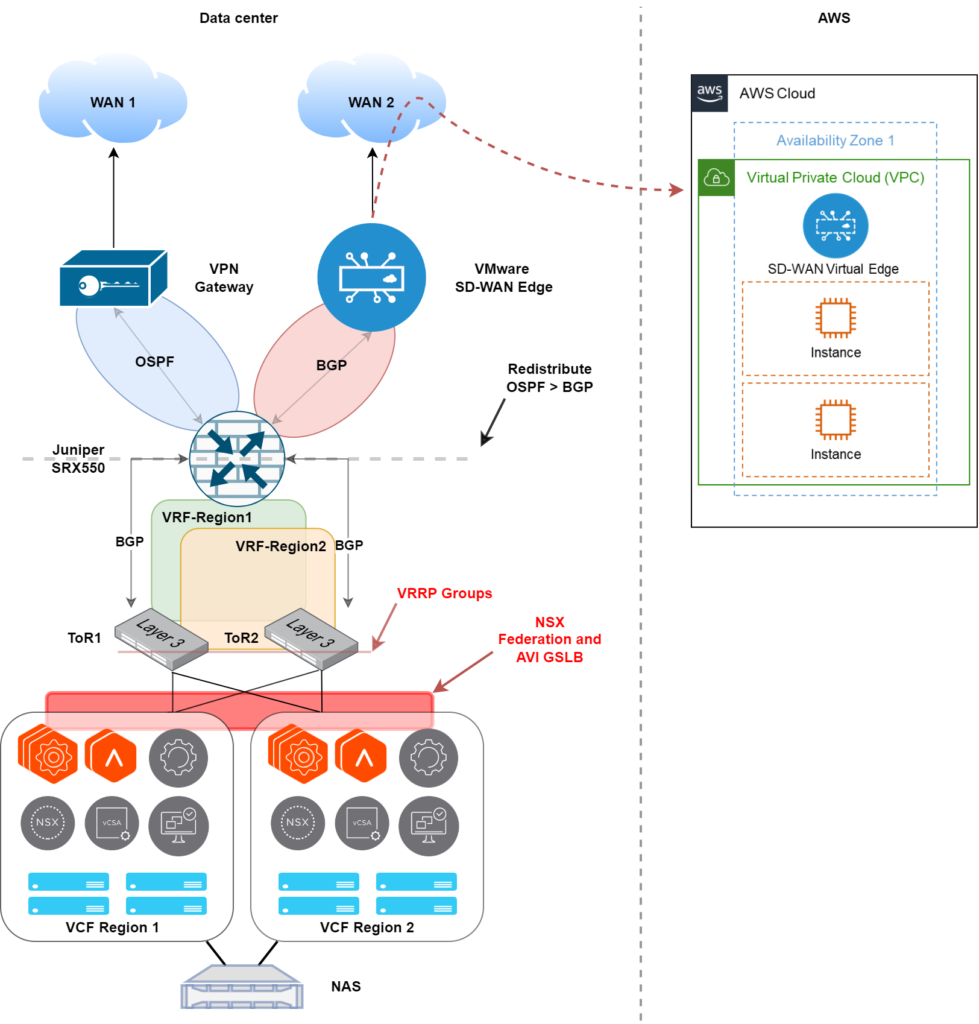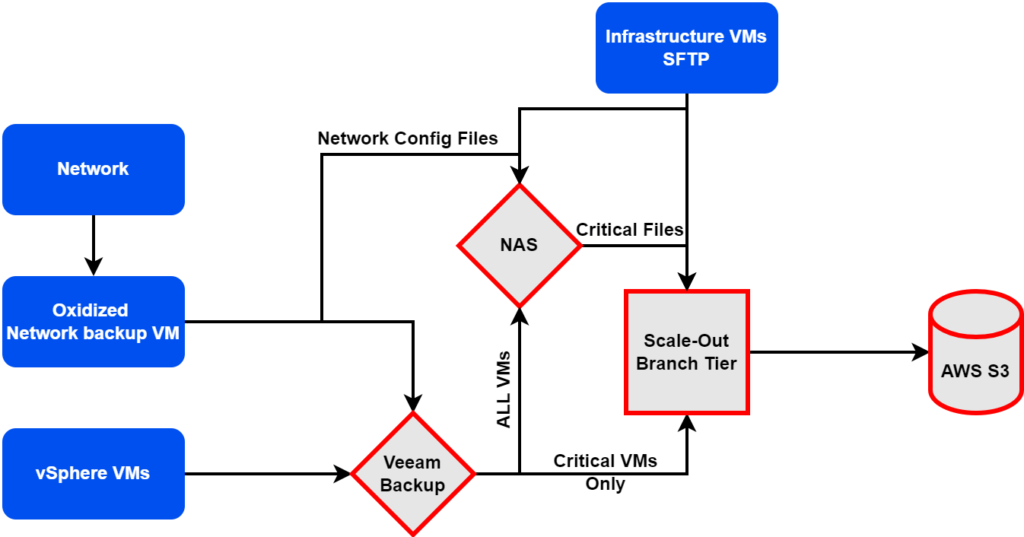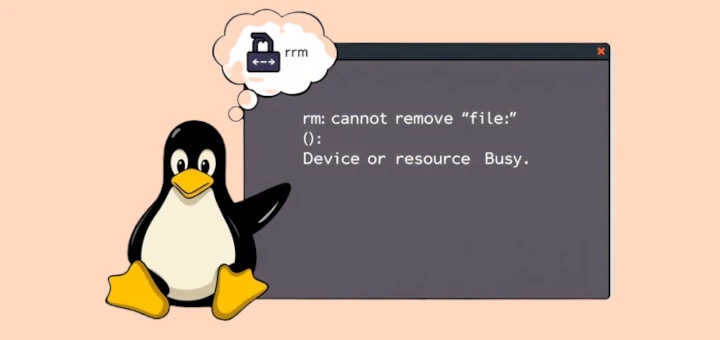
August 30, 2022
HomeLab 2022: VCF, NSX, SD-WAN, AWS
Architecture and Hardware Refresh
NSX-ALB
Lab Architecture
YouTube

If I ever need to test something that is not going to be permanent, I use nested environments in either region. This ensure I do not disrupt the underlaying infrastructure.
- Two WAN connections, one is a dedicated backup link and also used for remote access. The other is the primary link, connectivity is provided with VMware SD-WAN.
- The core router / firewall is a Juniper SRX550. This peers with both the VPN gateway and the SD-WAN edge, using OSPF and BGP, respectively.
- The SRX550 has two VRF’s, one for each VCF region and links and routing protocols are configured accordingly.
- The top of rack switches are Brocade ICX6610 48P’s, also configured with the VRFs, interfaces, BGP, and VRRP for gateway redundancy.
- Two physical VCF Regions (Bill of Materials is below). With the VRF’s, I have simluated two datacenters and have configured connectivity with NSX Federation, and NSX-ALB Global Server Loadbalancing (GSLB)
- There is shared storage between the two VCF Regions, this is provided with a NAS.
- The connection from the Data Center to AWS is provided with VMware SD-WAN, this is configured in a branch-hub topology.
- The NAS is used as the primary backup target, critical data is also replicated to AWS S3 using Veeam (backup architecture detailed later).
Bill of Materials
VCF Region 1
- Fujitsu Primergy RX2540 M1 E5-2640v3 x2 / 256GB RAM / 3TB Flash Storage X2
- Dell R730 E5-2360v3 x2 / 256GB RAM / 3TB Flash Storage
- Dell R720 E5-2620 v2 / 256GB RAM / 3TB Flash Storage
VCF Region 2
- Dell R730XD E5-2640 v3 / 256GB RAM / 3TB Flash Storage
- Dell R630 E5-2630 v3 / 256GB RAM / 3TB Flash Storage X2
- Dell R630 E5-2697 v3 / 256GB RAM / 3TB Flash Storage
Networking
- Sophos XG 430 – VPN Gateway
- VMware SD-WAN Edge 510
- Juniper SRX550 – Firewall / Core Router
- Brocade ICX 6610 48P – top of rack switching
- Host uplinks to switching is all 10GB
Shared Storage
All the content I publish is created utilizing this lab.
- 6 x 6TB WD reds
- SSD Caching drive
- 10GB networking
Virtual Environment
This is a BareMetal install of TrueNAS.
- SDDC Manager
- vCenter
- VMware NSX (Local Managers)
- VMware NSX (Global Managers
- NSX Advanced Load Balancer (NSX ALB) Controllers
- NSX ALB Service Engines
- vRealize – Log Inisght, Network Insight, Operations Manager
- vRealize Automation (Region 1 only)
- vRealize Lifecycle Manager (Region 1 only)
- Infoblox (Region 1 only)
- Microsoft AD (Region 1 only)
- Veeam (Region 1 only)
NSX
Backup Strategy
Each region has the following deployed.

- Network devices (switches, routers, etc) have their configuration pulled by Oxidized. A cron job on Oxidized runs at a scheduled interval that copies the files to a file share on the NAS.
- The Oxidized VM is backed up by Veeam, this backup is stored on the NAS
- vSphere VMs are backed up by Veeam and are stored on the NAS. Critical VMs (AD etc) are also marked for secondary storage, these are replicated to AWS S3.
- Other critical files, such as those on the file share, are also marked for secondary storage, and replicated to AWS S3.
- Infrastructure VMs (vCenter, NSX, SDDC Manager, etc) are backed up using SFTP to the scale-out branch tier, as well as the file share on the NAS.
The diagram below depicts the backup workflow configured in the lab.
Related
Summary of the lab (top down).
The diagram below is a representation of the labs current architecture, the last lab revision included a lot of nested routers. Recently, I scrapped all the virtualized routers and replaced them with physical top of rac
VCF



![12 Must-Have Linux Console [Terminal] File Managers](https://megazencarthosting.com/wp-content/uploads/2024/09/12-must-have-linux-console-terminal-file-managers.png)

